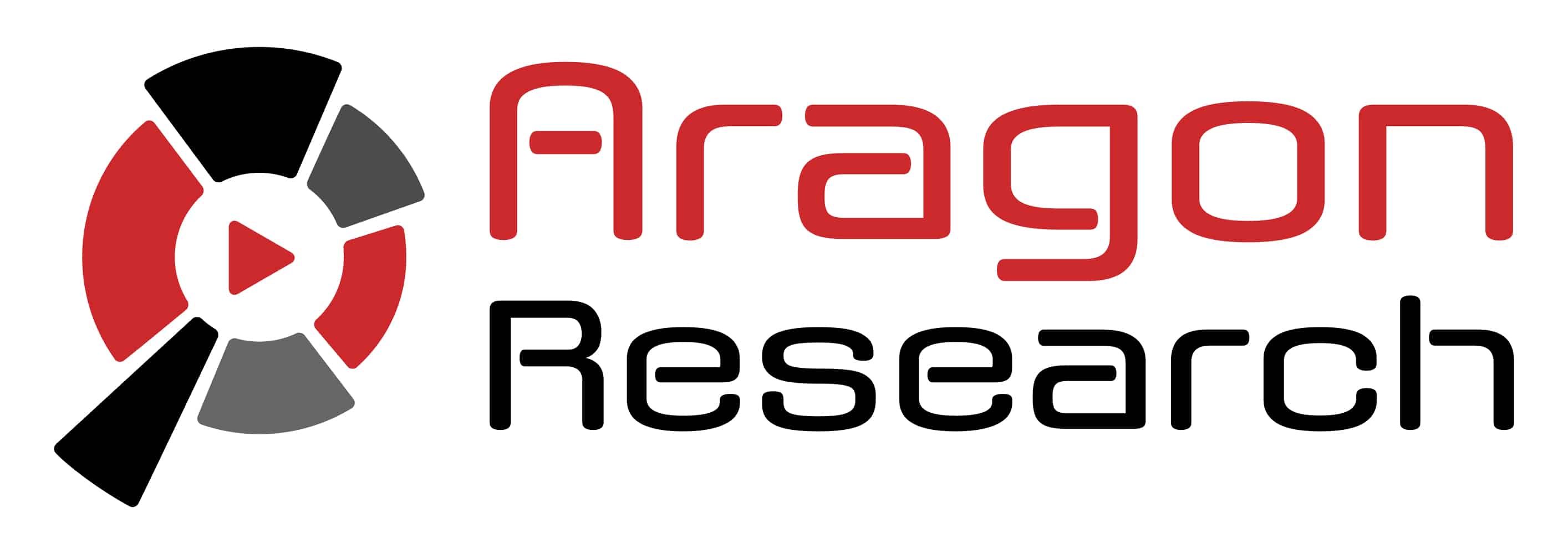GPT-5: The Next Big Test for Scaling in AI

GPT-5: The Next Big Test for Scaling in AI
The AI sector is bracing for its next major milestone. GPT-5, OpenAI’s anticipated successor to GPT-4.5, is expected to arrive in early August. Industry watchers see this release as a referendum on the future direction of AI development.
A Unified Model with New Capabilities
GPT-5 is widely expected to unify the capabilities of previous iterations into a single multimodal model. This means text, image, and potentially audio processing will be native to the model, rather than layered on top. It also marks a deeper integration of reasoning engines directly into the base model; functionality that had been previously limited to experimental or enterprise settings.
This evolution could streamline how users interact with ChatGPT, reducing reliance on plugins and background agents while improving task accuracy and coherence. If successful, it will shift expectations around what constitutes a general-purpose AI assistant, blending convenience with more rigorous problem-solving skills.
Scaling Comes to a Crossroads
More fundamentally, GPT-5 may determine whether the AI industry can continue relying on the “scaling hypothesis”, the idea that simply making models bigger leads to better performance. GPT-4.5, while efficient and broadly useful, offered limited improvement in reasoning quality and factual reliability, prompting doubts about diminishing returns.
GPT-5 is expected to be significantly larger and more capable, but the key question is whether those gains will be meaningful in practice. If the improvements are marginal, the field may need to pivot from sheer scale to alternative techniques such as modularity, hybrid models, or more specialized training regimens.
The Bottom Line
GPT-5 will test the core assumptions that have driven AI development for the past half-decade. Whether it validates or challenges the scaling hypothesis, the outcome will shape the next wave of AI research and investment strategy.
UPCOMING WEBINAR

AI Contact Center and the Agentic Era: What You Need to Know
The age of AI is no longer a future concept; we have officially entered the Agentic Era, where intelligent agents are becoming core members of your contact center team. This fundamental shift introduces a powerful new dynamic, with digital and human agents working side-by-side to redefine customer engagement and operational efficiency. In our webinar, Aragon Lead Analyst Jim Lundy will help you understand exactly what you need to know about this transformative period. We will equip you with the actionable insights and strategies you need to prepare your enterprise for this evolution.
Key Trends being covered:
• The current state of Contact Center – and how AI is shaping it
• The Agentic Agent Era and how Contact Centers will leverage it
• Best Practices for gaining a competitive advantage
Register today to ensure your organization is ready to lead the charge in this new era of intelligent customer service.

Have a Comment on this?